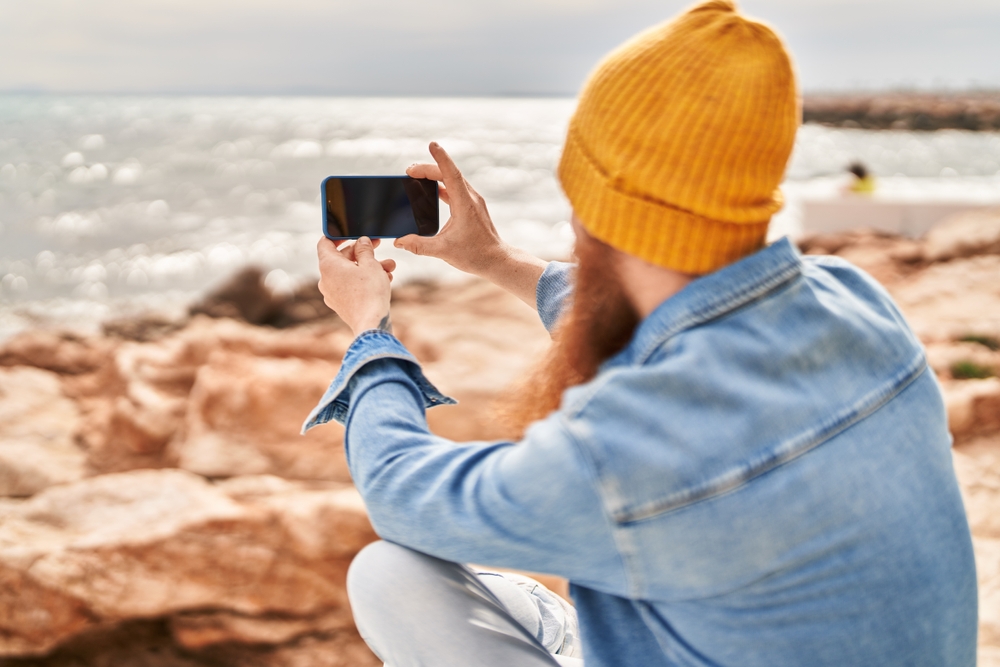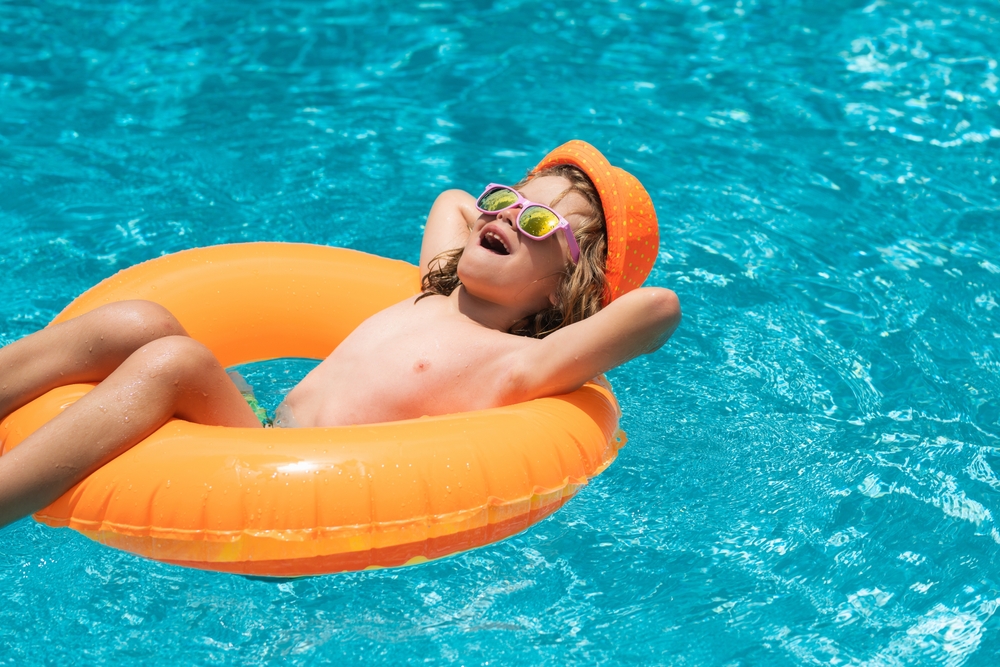There are some travellers who love to explore new destinations and then there are those who eagerly await to vist unusual places. This one’s for the latter crowd, which most certainly includes dreamers, artists and adventurers. Take a look at these nine unusual corners of the world.
As a 19-year-old aspiring photographer who fell in love with travel and the beauty of knowing the world, ever since my sweet 16, I’ve craved the possibility of making my mark in every nook, corner and cranny of the world that I can. So, from the POV of a hopeless dreamer and after having travelled extensively around India and parts of the world, here are nine breathtaking and unusual places that one should to add to their travel bucket list, and we bet, you won’t regret it.
Centre of the universe in Tulsa | The center of the Universe in Tulsa, Oklahoma (United States) is one of the world’s most peculiar abnormalities. This concrete circle, surrounded by an even larger circle of bricks doesn’t seem that odd until you stand smack dab in the center of it. Thought to be caused by the reflection of sound off a nearby wall, standing in the middle of this circle lets your voice echo back to you after you speak, but no one else gets to hear it with you. And even with the hypothesis of sound reflection, no one’s actually figured out why this phenomenon occurs.
International zipline between Spain and Portugal | At a grand length of 720 metres, you have the opportunity to fly over the Guadiana River at a speed of 70 to 80 km per hour when you ride the zipline between Spain and Portugal. For all you travellers out there, who love the thrill of adventure sports, this is a must-see and must-do.
Bioluminescent plankton | Talk about lighting up your mood, have you ever gone swimming with bioluminescent planktons? The Ton Sai beach in Krabi is one of the top 15 bioluminescent beaches to go to if you want to see and swim among these dinoflagellates. Its recommended that you go between the months of November and April. Don’t wait, book tickets now. As a photographer and travel enthusiast, this destination calls for the perfect opportunity to see what you can do, test your skills out there.
Cherry Spring State Park | The Cherry Spring State Park, being one of the darkest spots in Pennsylvania is one of the most heavely places stargazing, and to take it one step further, a perfect place to have a gorgeous view of the Aurora Borealis (The Northern Lights). With a plethora of options to stay in, including its campground and the overnight observation field, there also opportunities there or you to go hiking. Trails such as the The Cherry Springs Working Forest Interpretive Trail and walking around Lyman Run State Park are experiences you really don’t want to miss.
Fuggerei | Take a look at the oldest and still existing housing society in the world. Located in Augsburg, Bavaria, the town with just 67 building and 147 residents was established around 500 years ago in in 1521 by Jakob Fugger. Fun Fact! | The Fugger city palace was the first Renaissance building north of the Alps. This incredibly picturesque little town, for a small entrance fee, is definitely worthwhile exploring on a sunny afternoon with your family.
Aogashima | This volcanic island in Japan resides just about 170 people, and each of these people are luckily enough to live in what the world calls a natural planetarium. Due to it being a remote island with miles before any other land meets the eye, the night sky is a beauty that cant be described, even offering a perfect view of the milky way.
Hoia baciu forest | Whose in for a thriller? You’re always going to feel watched here, so be careful. meet one of the scariest forests in the world. Located in Transylvania, Romania, Hoia Baciu is known for its peculiarly shaped trees and it’s odd tendencies. Story says there’s a circle deep within it where nothing grows at all and ghosts are seen instead. People have been known to see strange things, lights that aren’t meant to be there, some people have been said to have disappeared, and some even heard the wind speak.
Hang Son Doong | Vietnam is known world wide for its ancient history and riveting culture. For the people who want to go the extra mile to see one of the biggest natural discoveries in the world, you need to go see the Hang Son Doong, which has now been discovered as the world’s largest cave. Being 9km long and having the volume of 38.5 million cubic meters, it is officially 5 times larger than what we used to think was the largest cave , the Deer cave in Malaysia. As a musician, my first thought had to be wondering how amazing the acoustics must be.
The Earth’s Quietest Room | Minnesota brings your desires your peace and quiet to life, but some might say they’ve taken it too far. The anechoic chamber in Orfield Laboratories. Take it from the lab’s founder, Ted Thornhill, who said “When it’s quiet, ears will adapt.” “The quieter the room, the more things you hear. You’ll hear your heart beating, sometimes you can hear your lungs, hear your stomach gurgling loudly. In the anechoic chamber, you become the sound”.



